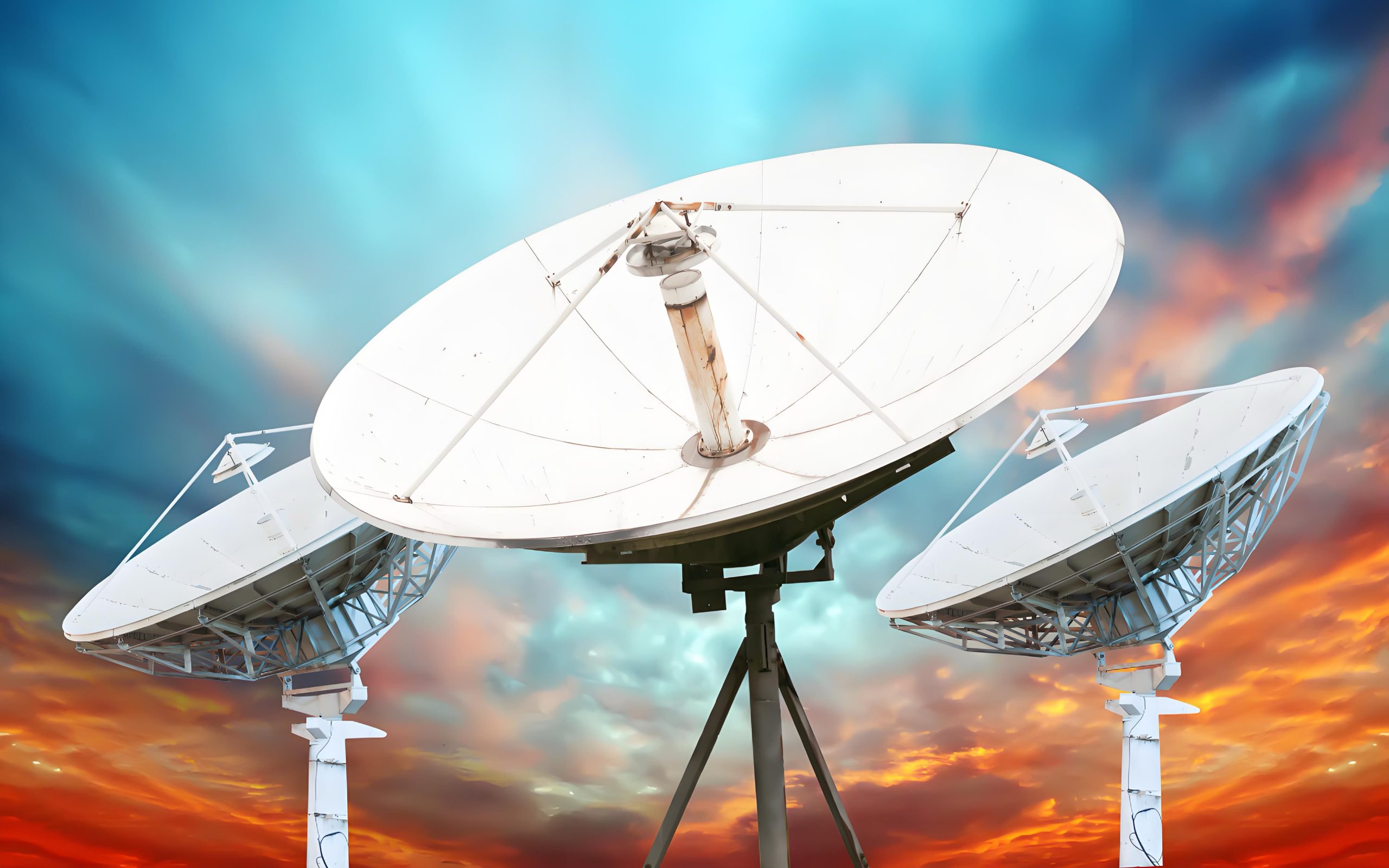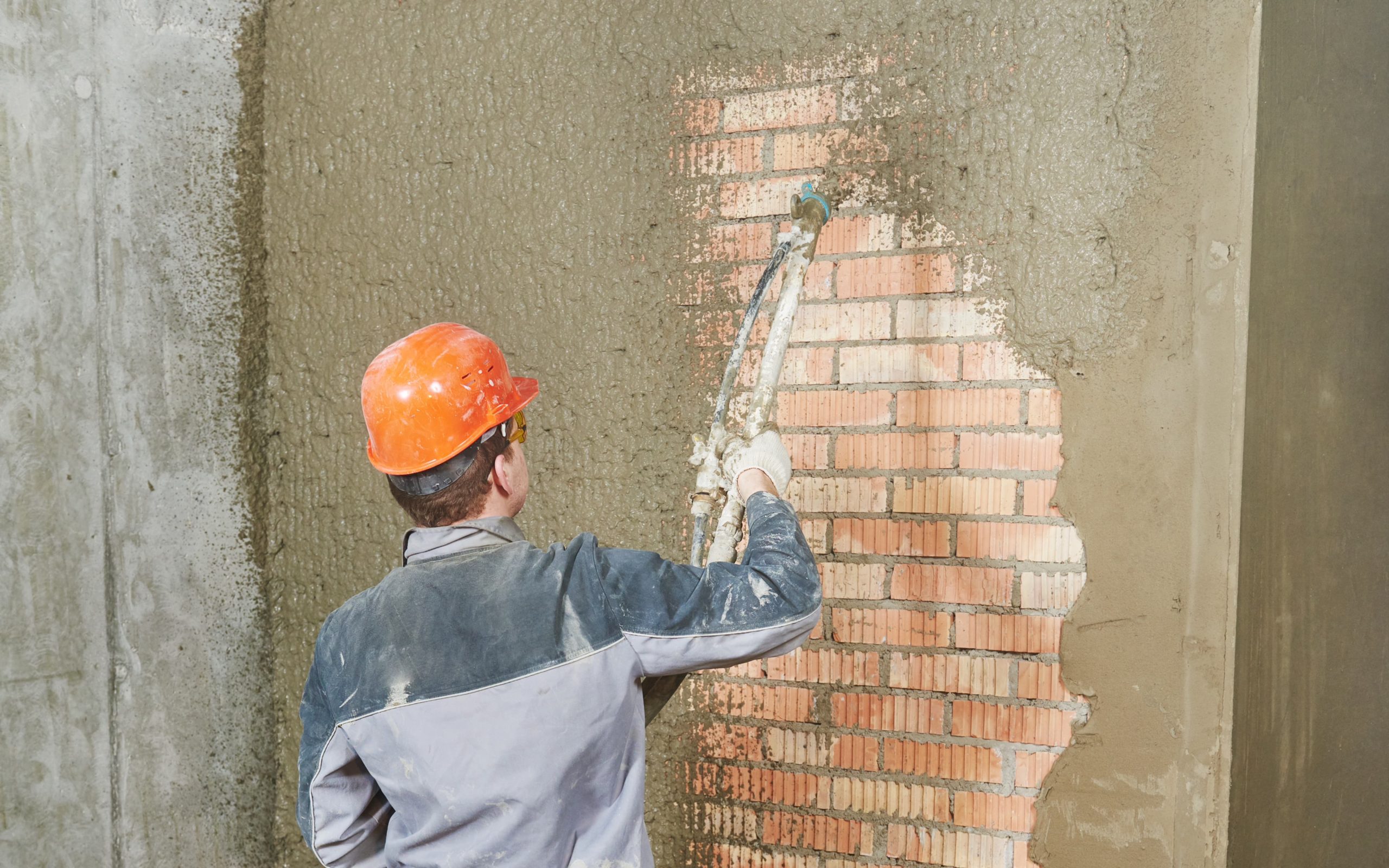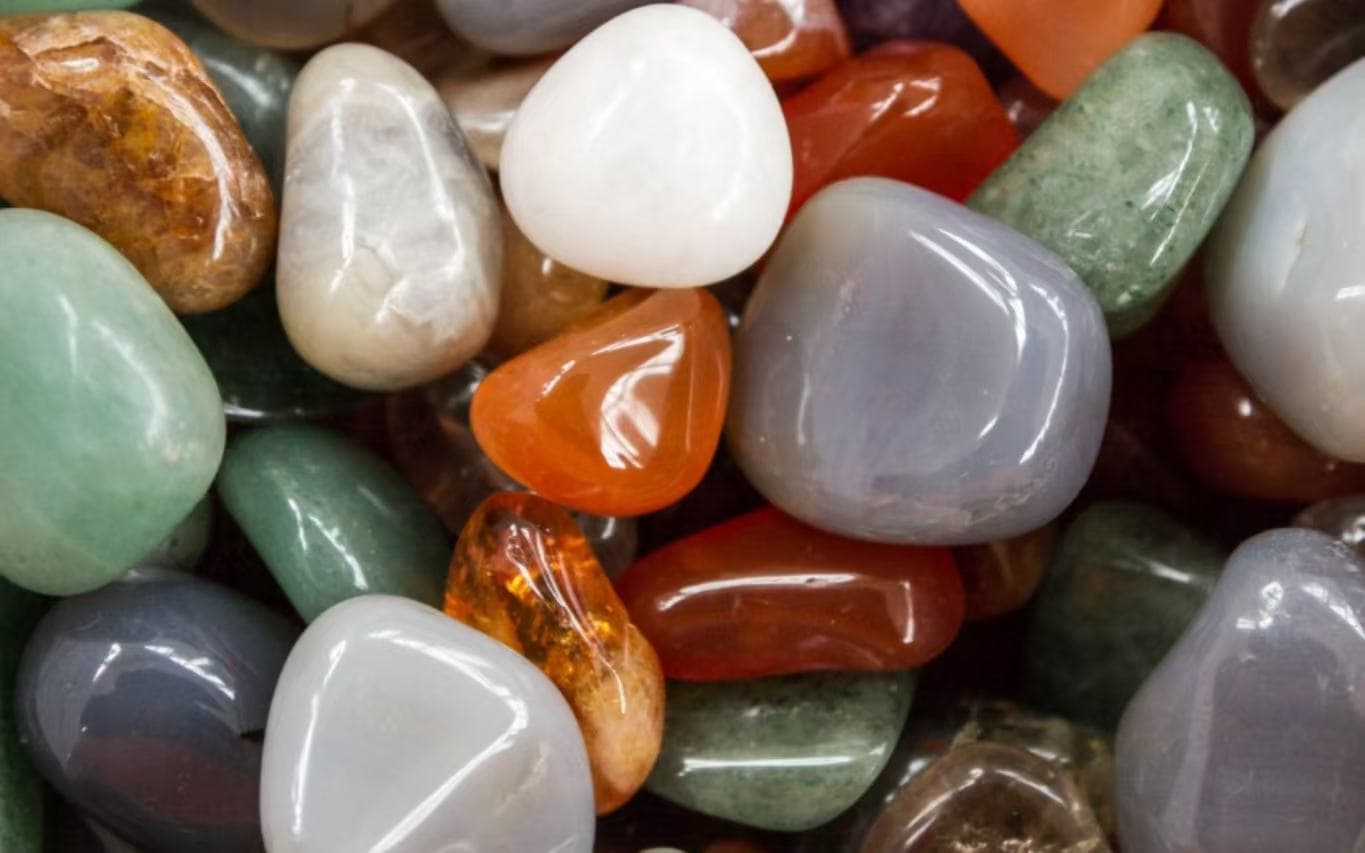¿Qué medios de chorreado son adecuados para mi pieza?
26 septiembre 2024

En la fabricación moderna, el chorro de arena es un método eficaz de tratamiento de superficies ampliamente utilizado en el procesado de diversos materiales como metales, plásticos y cerámica. Elegir la granalla adecuada es crucial para mejorar la calidad del producto y prolongar la vida útil de las piezas. Sin embargo, la gran variedad de medios de chorreado de arena existentes en el mercado hace que los usuarios se sientan confusos a la hora de elegir. En este artículo se analiza en profundidad cómo seleccionar científicamente el abrasivo adecuado en función del material, los requisitos de superficie, el tamaño y la forma, la finalidad del proceso, el grosor y la resistencia, así como la protección del medio ambiente y las ventajas económicas de la pieza para garantizar el mejor efecto del proceso.
En primer lugar, a la hora de elegir el medio de chorreado adecuado para la pieza, hay que tener en cuenta múltiples factores. He aquí algunas condiciones clave que he enumerado:
- Material de la pieza: Las piezas de diferentes materiales tienen diferentes requisitos en cuanto a dureza y tipo de abrasivo. Conocer las características del material de la pieza puede ayudar a elegir el abrasivo más adecuado.
- Requisitos de la superficie de la pieza de trabajo: Seleccione el material adecuado en función de los requisitos de acabado superficial de la pieza.
- Tamaño y forma de la pieza: Las formas complejas o las piezas de precisión requieren la selección de medios de chorreado con partículas más pequeñas y blandas para evitar un desgaste excesivo o daños en la superficie.
- Finalidad del tratamiento: Los distintos fines de procesamiento de las piezas (como el desbarbado, la limpieza de superficies o el pulido) requieren distintos tipos de medios.
- Espesor y resistencia de la pieza: Las piezas finas o frágiles requieren medios suaves, ya que de lo contrario podrían dañarse. Las piezas más gruesas o duraderas pueden soportar impactos más fuertes.
- Protección del medio ambiente y requisitos del proceso: Algunas industrias (como las de dispositivos médicos y procesamiento de alimentos) tienen elevados requisitos de limpieza, por lo que es necesario elegir medios de chorreado no contaminantes y reciclables.
En función de estas condiciones, los clientes pueden elegir el abrasivo adecuado para garantizar el mejor efecto de procesamiento y prolongar la vida útil de la pieza. Veamos con más detalle la comparación del rendimiento de los abrasivos más comunes y el desglose específico de cada condición.
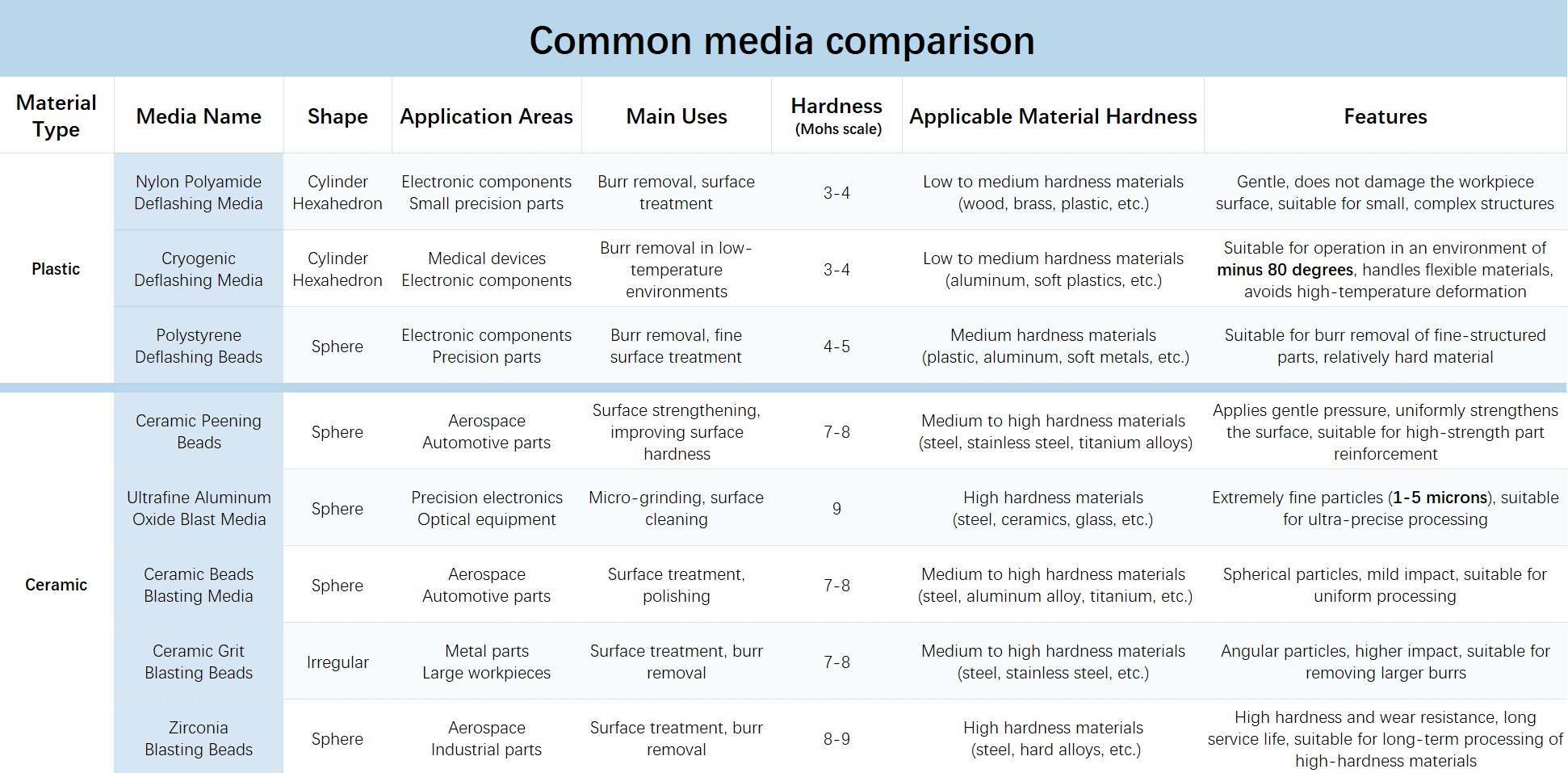
Material de la pieza
- Materiales metálicos: como el aluminio, el acero, el cobre, etc., suelen ser duros, por lo que pueden utilizarse medios de arenado de mayor dureza.
- Características: Los materiales metálicos son resistentes al desgaste y son adecuados para medios duros como el grano de acero o el óxido de aluminio, que pueden eliminar eficazmente la suciedad superficial y el óxido.
- Productos aplicables: Granalla ultrafina de óxido de aluminio, perlas cerámicas de granallado, perlas de circonio.
- Plásticos y materiales blandos: como el polipropileno, el poliuretano, el nailon, etc., son adecuados para medios de arenado más blandos.
- Características: Los materiales plásticos se dañan fácilmente, por lo que deben seleccionarse medios suaves para evitar rayar la superficie.
- Productos aplicables: Medios de desbarbado de nylon y poliamida, perlas de desbarbado de poliestireno.
- Materiales cerámicos: como la cerámica de alúmina, el nitruro de silicio, etc., tienen una gran resistencia al desgaste.
- Características: Los materiales cerámicos suelen tener superficies lisas y son adecuados para el mecanizado de precisión.
- Productos aplicables: Granalla de circonio, granalla cerámica.
- Materiales compuestos: como la fibra de carbono, la fibra de vidrio, etc., suelen ser frágiles.
- Características: Los materiales compuestos tienen una gran resistencia y rigidez, pero son susceptibles a un desgaste excesivo.
- Productos aplicables: Granalla criogénica, granalla cerámica.
Requisitos de la superficie de la pieza
- Superficie lisa: Se requiere un chorro de arena fino para evitar arañazos en la superficie.
- Características: Las superficies lisas suelen utilizarse para piezas de gran belleza visual o con requisitos funcionales.
- Productos aplicables: Granalla de alúmina ultrafina, perlas de desbarbado de poliestireno.
- Superficie rugosa: Puede ser necesario un medio más duro para eliminar las impurezas superficiales.
- Características: El tratamiento de superficies rugosas puede requerir más fuerza abrasiva.
- Productos aplicables: Granalla cerámica, perlas de granalla cerámica.
- Tratamiento especial de la superficie: Pretratamiento como pulverización y anodizado.
- Características: Garantizar la limpieza de la superficie para el efecto de los procesos posteriores.
- Productos aplicables: Granalla criogénica, granalla de circonio.
- Superficie recubierta: Para tratar superficies zincadas, cromadas y otras, es necesario elegir un medio adecuado.
- Características: Evita daños en el revestimiento y mantiene la calidad de la superficie.
- Productos aplicables: Perlas de desbarbado de poliestireno, granalla cerámica.
Tamaño y forma de la pieza
- Piezas pequeñas: Para los componentes electrónicos, es conveniente utilizar medios con partículas de menor tamaño.
- Características: El chorro de arena fino puede entrar en huecos diminutos para garantizar una limpieza exhaustiva.
- Productos aplicables: Granalla de nylon y poliamida, granalla criogénica, granalla de óxido de aluminio ultrafino.
- Piezas grandes: Para las piezas mecánicas, es más apropiado utilizar soportes de tamaño medio.
- Características: Puede soportar un mayor desgaste, pero aún debe mantener un cierto grado de suavidad.
- Productos aplicables: Granalla cerámica, granalla cerámica.
- Formas geométricas complejas: Para piezas con superficies curvas o agujeros, es necesario seleccionar un medio suave.
- Características: Prevenir el desgaste excesivo o daños en la superficie y garantizar la integridad de la forma.
- Productos aplicables: Medios de desbarbado criogénicos, perlas de desbarbado de poliestireno.
- Piezas planas: Por ejemplo, pueden utilizarse placas metálicas y partículas de mayor tamaño.
- Características: Alta eficiencia de procesamiento, adecuado para la eliminación rápida de rebabas superficiales.
- Productos aplicables: Granalla cerámica, granalla de circonio.
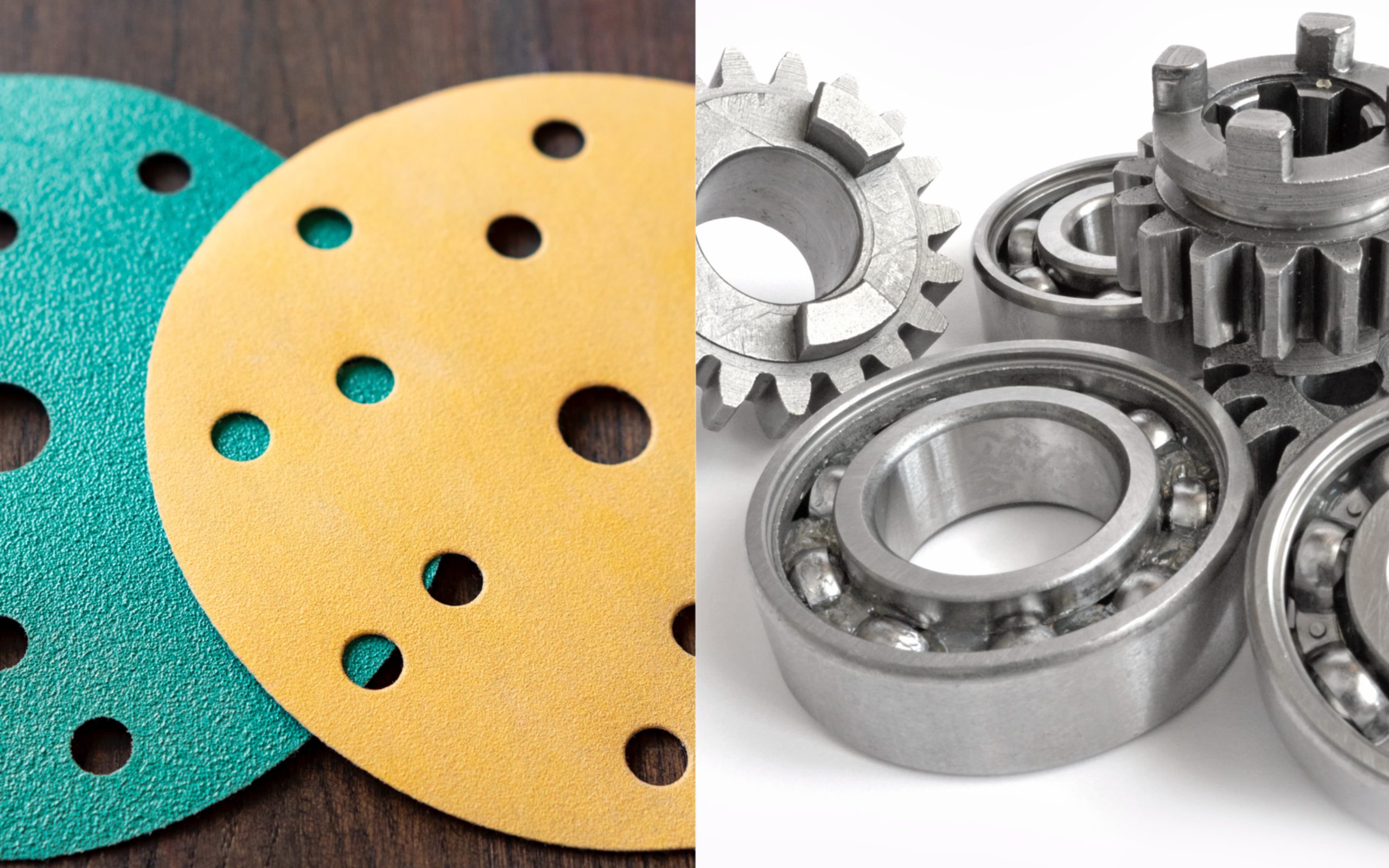
Comparación de piezas simples y complejas
Finalidad del tratamiento
- Desinflando: Seleccione un medio que pueda eliminar eficazmente las rebabas.
- Características: Normalmente se requiere un medio más duro o de dureza media.
- Productos aplicables: Granallado cerámico, medios de desbarbado de nylon poliamida.
- Limpieza de superficies: Elimina impurezas como aceite, óxido, etc.
- Características: Para proteger la superficie de la pieza de trabajo.
- Productos aplicables: Perlas de desbarbado de poliestireno, medios de desbarbado criogénicos.
- Pulido: Mejora el acabado superficial y realza la estética.
- Características: Utilice medios más finos para evitar arañazos.
- Productos aplicables: Granalla ultrafina de óxido de aluminio, granalla cerámica.
- Tratamiento de refuerzo: Como el granallado para aumentar la dureza superficial de la pieza.
- Características: Aumenta la resistencia de la superficie mediante el impacto de medios duros.
- Productos aplicables: Perlas cerámicas de granallado, perlas de chorro de arena de circonio.
Espesor y resistencia de la pieza
El grosor y la resistencia de la pieza afectan directamente al material seleccionado.
- Piezas finas: Como películas y placas finas, utilice medios suaves.
- Características: Vulnerable, elija soportes más blandos para evitar grietas.
- Productos aplicables: Perlas de desbarbado de poliestireno, medios de desbarbado criogénicos.
- Piezas gruesas: Para piezas mecánicas grandes, pueden utilizarse medios más resistentes.
- Características: Capaz de soportar impactos más fuertes para garantizar un procesamiento eficaz.
- Productos aplicables: Perlas cerámicas de granallado, perlas de chorro de arena de circonio.
- Piezas frágiles: Como el vidrio y la cerámica, utiliza soportes finos.
- Características: Evita roturas y mantiene la integridad de la superficie.
- Productos aplicables: Granalla ultrafina de óxido de aluminio, perlas de desbarbado de poliestireno.
- Piezas de alta resistencia: como el carburo cementado, adecuado para medios de gran dureza.
- Características: Fuerte impacto se puede utilizar para eliminar las rebabas.
- Productos aplicables: Granalla cerámica, granalla de circonio.
Protección del medio ambiente y requisitos del proceso
Determinadas industrias tienen elevados requisitos de limpieza y protección del medio ambiente.
- Productos sanitarios: Se exigen requisitos de limpieza extremadamente altos y medios no contaminantes.
- Características: Garantiza que no haya contaminación ni residuos en el producto.
- Productos aplicables: Medios de desbarbado criogénicos, perlas de desbarbado de poliestireno.
- Procesamiento de alimentos: También requiere materiales no contaminantes para garantizar la seguridad alimentaria.
- Características: Los medios de chorro de arena deben estar certificados conforme a estrictas normas de higiene.
- Productos aplicables: Medios de desbarbado criogénicos.
- Componentes electrónicos: Requisitos especiales de antiestática y limpieza.
- Características: Evita daños electrostáticos manteniendo limpia la superficie.
- Productos aplicables: Granalla de nylon poliamida, granalla cerámica.
- Normativa medioambiental: Medios de chorreado que cumplen la normativa local para reducir el impacto medioambiental.
- Características: Deben seleccionarse materiales reciclables o no tóxicos para reducir los riesgos ecológicos.
- Productos aplicables: Granalla criogénica, granalla cerámica.

Además, la selección del equipo de chorreado, la tecnología y los métodos de chorreado, la economía y la eficiencia también son factores que hay que tener en cuenta.
Selección del equipo de chorro de arena
La elección del equipo de chorreado adecuado es crucial para la eficacia del proceso de chorreado. Los distintos tipos de equipos son adecuados para diferentes medios de chorreado y características de las piezas de trabajo.
- Pistola neumática:
- Características: Alta flexibilidad, adecuada para piezas de trabajo pequeñas y de formas complejas.
- Ventajas: Operación simple, efecto de arenado uniforme, adecuado para el procesamiento de piezas delicadas.
- Productos aplicables: Granalla de nylon poliamida, Granalla cerámica.
- Máquina de chorro de gas:
- Características: Puede ser producido en masa, alta eficiencia de chorro de arena.
- Ventajas: Adecuada para manipular piezas grandes o pesadas, apta para líneas de producción continuas.
- Productos aplicables: Granalla ultrafina de óxido de aluminio, perlas cerámicas de granallado.
- Equipo de arenado en húmedo:
- Características: Utiliza agua y medios de chorro de arena para reducir el polvo y la contaminación ambiental.
- Ventajas: Adecuado para piezas de trabajo con altos requisitos de limpieza y reducir la pérdida de material.
- Productos aplicables: Medios de desbarbado criogénicos, medios de desbarbado de nylon poliamida.
- Sistema de arenado automatizado:
- Características: Control programable, adecuado para la producción en masa.
- Ventajas: Garantizar la estabilidad y consistencia del proceso de arenado y mejorar la eficiencia de la producción.
- Productos aplicables: Granalla ultrafina de óxido de aluminio, granalla criogénica.
Tecnología y métodos de chorro de arena
La tecnología y los métodos de chorreado afectarán al efecto del chorreado, por lo que es crucial elegir la tecnología adecuada.
- Chorro de arena en seco:
- Características: Utilice medios de chorro de arena en seco, adecuado para diversos materiales.
- Ventajas: Elimina rebabas y suciedad superficial, se utiliza a menudo para la limpieza de piezas metálicas.
- Productos aplicables: Granalla ultrafina de óxido de aluminio, granalla cerámica.
- Chorro de arena húmedo:
- Características: Añada agua durante el arenado para reducir el polvo y la dispersión de los medios.
- Ventajas: Adecuado para piezas con elevados requisitos de acabado superficial.
- Productos aplicables: Medios de desbarbado criogénicos, medios de desbarbado de nylon poliamida.
- Chorro de arena ultrasónico:
- Características: Utiliza la vibración ultrasónica para acelerar los medios de chorro de arena.
- Ventajas: Adecuado para formas complejas y piezas de precisión, y puede procesar la superficie con más cuidado.
- Productos aplicables: Medios de desbarbado de nylon y poliamida, perlas de desbarbado de poliestireno.
- Proceso de granallado:
- Características: Utiliza una granalladora rotativa de alta velocidad para proyectar el abrasivo sobre la pieza de trabajo.
- Ventajas: Puede eliminar rápidamente las impurezas de la superficie de la pieza y es adecuado para la producción a gran escala.
- Productos aplicables: Perlas de granallado de cerámica, perlas de granallado de circonio.
Economía y eficacia
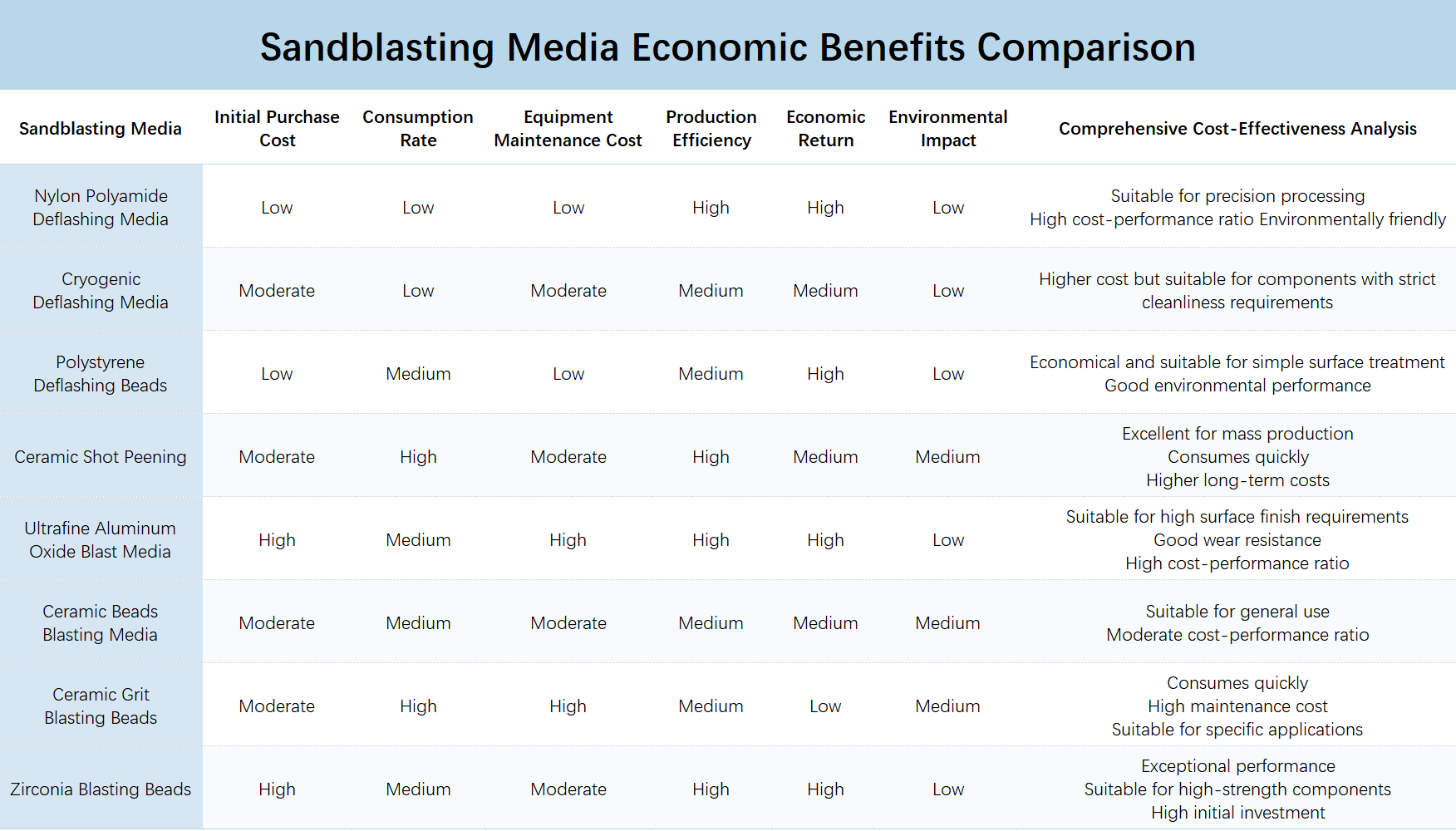
- Coste medio:
- El coste de adquisición de los distintos medios de chorreado varía enormemente, y a la hora de elegir debe tenerse en cuenta la economía del uso a largo plazo.
- Eficacia de la producción:
- La selección de un equipo de arenado eficiente y de los medios adecuados puede mejorar significativamente la eficiencia de la producción y acortar el ciclo de producción.
- Los sistemas de arenado automatizados suelen ofrecer una mayor eficacia y son adecuados para las necesidades de producción a gran escala.
- Costes de mantenimiento:
- El coste y la frecuencia de mantenimiento de los equipos también afectarán a la economía general. Elegir equipos más duraderos y de bajo mantenimiento puede reducir los gastos a largo plazo.
- El uso de equipos de chorreado fáciles de limpiar puede reducir el tiempo de inactividad y mejorar la eficacia de la producción.
- Pérdida de material:
- La pérdida de material durante el chorreado debe reducirse al mínimo. La elección de los medios y equipos adecuados puede reducir los residuos y mejorar la eficiencia general.
- Por ejemplo, la tecnología de chorreado en húmedo puede reducir eficazmente la pérdida de medios de chorreado y mantener unos buenos resultados de chorreado.
Como puede verse en la figura, los abrasivos de nylon-poliamida y los de óxido de aluminio ultrafino se han convertido en las opciones ideales para una gran variedad de procesos finos debido a su alta eficiencia de producción y a sus características de protección medioambiental. Aunque el coste inicial de la granalla de óxido de aluminio ultrafino es más elevado, funciona bien en industrias que requieren una gran limpieza y es adecuada para piezas con requisitos de superficie estrictos. Las granallas de desbarbado de poliestireno son adecuadas para el tratamiento suave de superficies debido a su bajo coste y su buena protección medioambiental.
Aunque los granos de chorreado cerámicos se consumen más rápidamente y pueden aumentar los costes de su uso a largo plazo, siguen siendo muy eficaces en la producción a gran escala. Aunque los granos de chorro de circonio requieren una mayor inversión inicial, son adecuados para piezas de gran resistencia debido a su excelente rendimiento. En general, las empresas deberían seleccionar razonablemente los medios de chorreado en función de las necesidades específicas y las características de las piezas de trabajo para lograr el mejor rendimiento económico y la mayor eficiencia de producción.
En resumen, la elección del medio de chorreado adecuado no sólo está relacionada con el efecto de procesamiento, sino que también afecta directamente a la seguridad y la vida útil de la pieza de trabajo. En la producción industrial, los clientes deben evaluar cuidadosamente las diversas características y requisitos de la pieza de trabajo, y seleccionar el medio de chorreado más adecuado en combinación con el propósito específico de procesamiento. Al mismo tiempo, con la mejora de la conciencia medioambiental, la selección de materiales de chorreado no contaminantes y reciclables también se está convirtiendo en una norma de la industria. Al elegir el material de chorreado adecuado, su empresa no sólo puede mejorar la eficiencia de la producción, sino también obtener una ventaja en un mercado altamente competitivo.
Filtros




